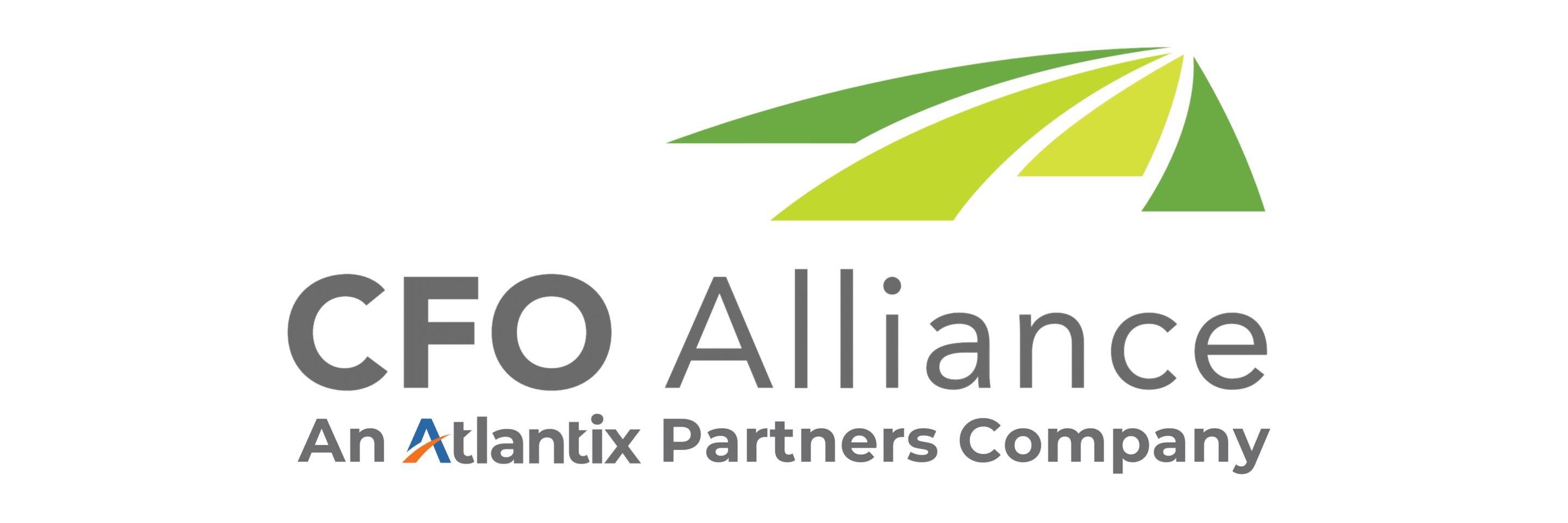How to Build Your Own Luck With a Winning Financial Offense & Defense Strategy
“Luck is what happens when preparation meets opportunity.”
This quote, attributed to a Roman philosopher named Seneca, is just as applicable in today’s boardrooms and conference rooms as it was amid the colonnades of ancient Rome. It’s also the basis for designing and executing effective financial strategy in an uncertain economy.
In his pivotal book, Wooden on Leadership: How to Create a Winning Organization, champion basketball coach John Wooden defines success this way: “[Success is] making the complete effort to maximize your ability, skills, and potential in whatever circumstances—good or bad—may exist.”
In today’s economic environment, that advice is the key to maintaining forward momentum in the midst of hiring challenges, rising inflation, and market fluctuations. Wooden’s success as a coach rested on his leadership philosophy, which included building a strong offense and defense and playing the best game you can, regardless of the outcome.
As we head into March Madness season, we’d like to tip our hats to Wooden’s NCAA coaching genius with some key strategies for preparing a strong financial offensive and defensive playbook.
“Whether in basketball or business, you must be able to perform all aspects of your job, not just part of it. You must be able to “get open” and “shoot.” One without the other makes you a partial performer, someone who can be replaced because your skills are incomplete.”
– John Wooden, Wooden on Leadership
Offense: How to Set Yourself Up for Growth
In basketball, individual players must be able to perform more than one skill if they want to secure the win as a team. It’s not enough to be a great shooter. You also need to know how to move the ball down the court and cooperate with teammates to execute a play. The same is true in business. A strong growth strategy requires multiple plays to build and track assets, seize opportunities, and plan for the future.
What does that look like? Here are 4 essential offensive moves that should be included in your financial playbook.
- Build Out a 13-week Cash Flow Forecast – Cash is your most strategic asset, and having discipline with cash positions allows you to seize opportunities that can maximize your ROI. A 13-week cash flow strategy enables you to see down the road so you can improve visibility and agility, make better decisions, and boost investor confidence. It is also the best way to support long-term growth sustainably, no matter what the market is doing.
- Track Leading Indicator KPIs – Leading indicator KPIs help you predict what growth will look like in the future. Lagging indicators, by contrast, look backward to what has already happened (such as revenue, gross margin, or churn). You can’t change the future by looking at lagging indicators; you can only measure what has already happened. Tracking leading indicator KPIs will keep you looking toward the future so you can determine whether you are on course to achieve your goals or whether you need to make corrections. Here are a few leading indicators to help you make accurate forecasts:
-
- Bookings – New Logo vs. Existing Logo
- New Leads – Count and Avg. Value
- Pipeline Quality – Sales and Recruiting
- Customer Engagement (Adoption) and Customer Satisfaction Scores
-
- Invest in Technology Transformation – When your company has outgrown your ability to get things done effectively at speed, it’s time to consider technology transformation and automation tools. These tools streamline your operations, reduce errors, increase visibility, and scale effectively so you can accommodate new growth. For example, you may need to transition out of Quickbooks and invest in a comprehensive ERP like NetSuite or SAP, or you may want to implement robotic process automation to standardize and automate repetitive tasks.
- Budget for Competitive Advantage – A strategic budget is a powerful tool for building competitive advantage and positioning your company for growth. Effective budgets not only zero in on data to help you plan effectively, but also look ahead to the future. As you build your budget, consider market trends and risks as well as strategic initiatives like hiring, technology, outsourcing, and funding.
Defense: How to Protect Yourself from Risk
As any successful coach knows, a strong offense isn’t enough to win a championship. You might be able to power through a few games with a good offensive strategy, but eventually lack of defense will catch up with you.
The same is true in business. If you focus on growth alone, you’ll overextend yourself and may run out of cash because you don’t have any checks and balances in place. Growth can be is messy and unpredictable. You may receive an influx of cash one quarter, only to see your budget disrupted by rising inflation or hiring difficulties the next.
A well-planned financial defense strategy keeps your business stable when the unexpected happens. Here are 43 defensive moves to include in your playbook:
- Strong Balance Sheet – Growing like crazy without thinking about your balance sheet can get you in trouble. Why? Because focusing on growth and assets without an equal consideration of risks and liabilities is a great way to find yourself crippled when revenue drops. A strong balance sheet crunches all the crucial numbers so you know where your company stands financially at any time and you can make better strategic decisions.
- Access to Cash – Managing cash effectively is essential for protecting your business from financial trouble. One way to create flexibility with cash is to talk to your bank about opening a line of credit (LOC) before you need it. A LOC makes it easy to access cash quickly and serves as a source of short term funding should the need arise.
- 13-Week Cash Flow Forecast – Wait, didn’t we already talk about this as an offensive strategy? Yes, we did. But your cash flow forecast is a defensive strategy too, because it shows you exactly where you have risk week by week. By assessing and managing the components of the forecast, you can convert risk into actionable opportunity. We can’t say it enough: every business needs a 13-week cash flow strategy to grow successfully.
- Scenario Planning – In business, as in life, there will always be unexpected bumps in the road. Smart businesses build for the upside, while also preparing for the downside. Plan for risks in advance by using scenario planning to document what actions you will take when you see negative trends.
Build Your Financial Playbook
“Remember that success can take months – or years – to achieve, but can be undone in minutes.”
– John Wooden
Success is not a guaranteed outcome, and once achieved, it must be protected. Just ask Blockbuster or Kodak. At the same time, however, setbacks don’t automatically equate to failure. That’s why winning playbooks must include both offensive and defensive strategies.
At CFO Alliance, we partner with companies to build a successful financial playbook, and we provide the team, tools, and technology to put those strategies into action. If you’re ready to take your finance function to the next level, we’re here to be your coach, team player, and biggest cheerleader.
Ready to transform your finance function? Download our Founder Financials Playbook to build confidence and put an end to financial stress!
4 Strategic Imperatives to Unlock Sustainable Revenue Growth
4 Strategic Imperatives to Unlock Sustainable Revenue GrowthCreating long-term, sustainable revenue growth takes more...
Future-Proof Your Workforce with a Modern Talent Agenda
Future-Proof Your Workforce with a Modern Talent AgendaWhat does the future of talent look like? It’s a fair question,...
The Talent Behind the Tech: How Skills-Based Hiring Supports Technology Innovation
The Talent Behind the Tech: How Skills-Based Hiring Supports Technology InnovationStaying relevant with technology in...




